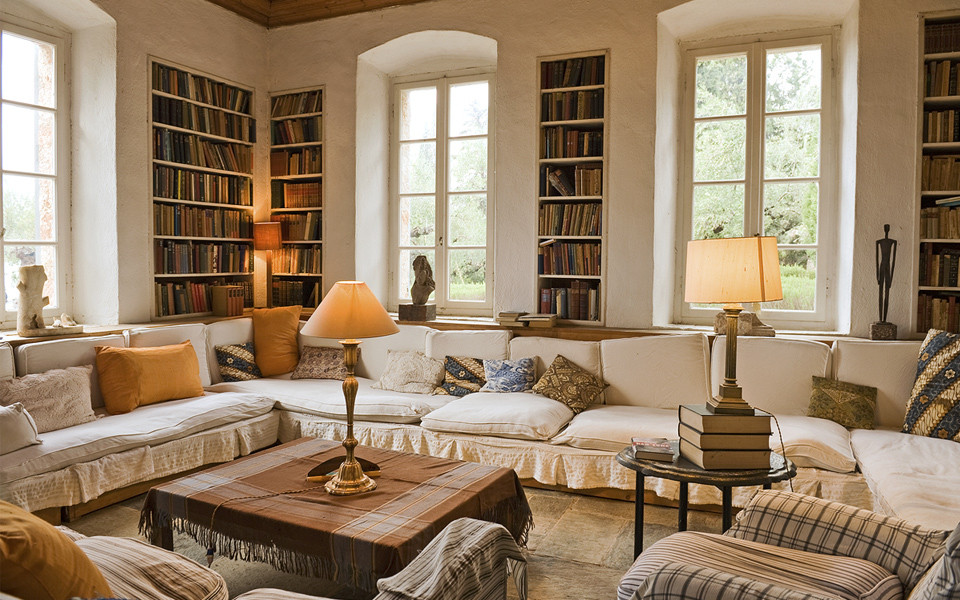She didn’t know him personally but, like everyone in the area, she knew who he was. One day when she saw him on the street, she stopped him and asked him if he was really looking for a housekeeper, like she’d heard. He asked her last name and remembered that he had once met her father. “I know where you live,” he eventually told her, “I will come to pick you up.” That was in 2000, which was when Elpida Belogianni started working in the labyrinthine house that Sir Patrick Leigh Fermor had built in the 1960s, not far from the village of Kardamili. She spent 10 years there, experiencing the daily life of the famous British author and philhellene, and was at his side until his last days. Today, five years after his death, she is visibly moved as she stands next to the round Venetian table in the living room and tells us that the house now looks so empty.
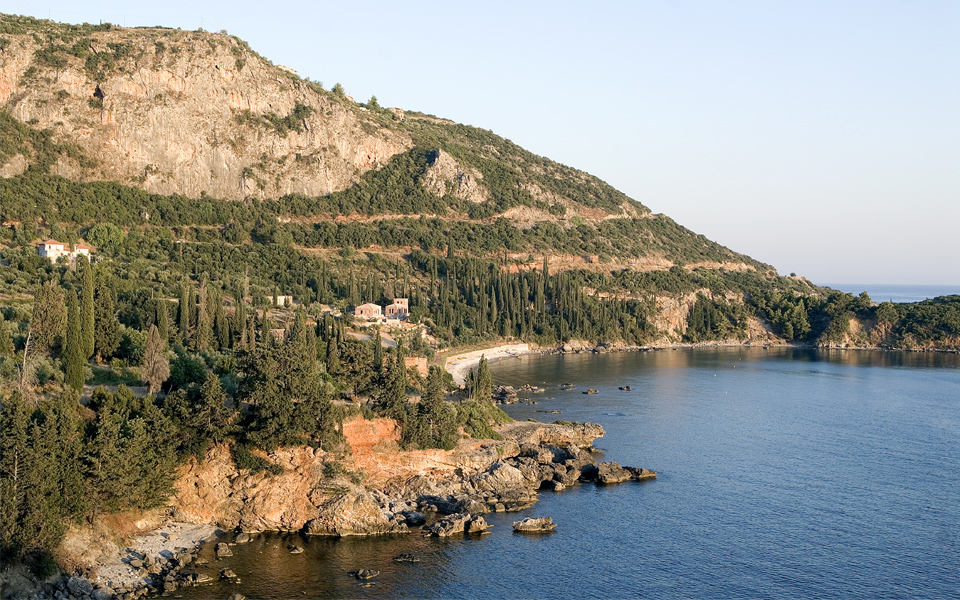
© Julia Climi
“The house of Kyrios Michalis, as he was known to the locals, or Paddy, as his friends used to call him, is scheduled to be fully restored by 2018.“
Never having had children, Patrick Leigh Fermor and his wife, photographer Joan Elizabeth Rayner, decided to will their house to the Benaki Museum, with the idea that after their death it could be used as a retreat for writers, researchers and artists. Recently, the Stavros Niarchos Foundation approved a grant for the repair and maintenance of the property. The house of Kyrios Michalis, as he was known to the locals, or Paddy, as his friends used to call him, is scheduled to be fully restored by 2018. Here, in the magnificent scenery dominated by cypress and olive trees, in the Kalamitsi area in the shadow of Mt. Taygetos, a cultural corner overlooking the sea will open its doors. (For those who can’t wait until 2018, the house can be seen in the 2013 movie “Before Midnight“, which stars Ethan Hawke and Julie Delpy – a large part of it was filmed in the house – or you can visit the site through prior arrangement with the Benaki Museum.)
Friend and biographer Artemis Cooper, when asked if she remembers why the writer chose to live there, replied: “He and Joan loved Greece more than any other country in the world: the light, the air and the feeling of freedom, and from the beginning of the 1950s, they wanted to settle there.” The exact location of the house was probably down to chance; while on a tour in 1964, he bought a plot of nine acres at a cost of over 200,000 drachmas. He envisioned building a home in the style of the houses he’d seen in his travels, tailored to the local architecture. “Often Paddy worked alongside the builders or walked the countryside, reaching sometimes as far as Kalamata to collect stones and marble and traditional plates,” writes Cooper in her book Patrick Leigh Fermor: An Adventure (Routledge).
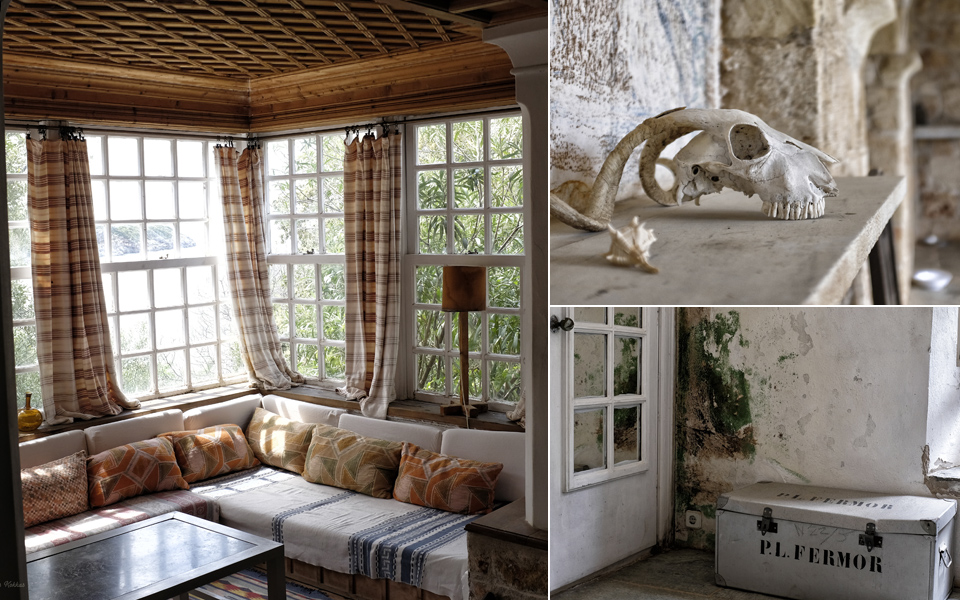
© Nikos Kokkas
Passing through the wooden door of the fenced area, Belogianni leads us to the right, where there is a separate building from the main house – the office, where Fermor would often spent nearly the whole day. Everything is as it was when he worked there; pens, notes, stacks of books. You get the feeling that he might suddenly appear and sit down to write. As for the main house, it initially feels like a labyrinth. “In the beginning, I found it hard to find my way around,” recalls Belogianni. It’s not easy to describe the structure: there are interconnected rooms, two levels leading to courtyards, a narrow internal staircase, a large balcony with arches joining a living-room full of light, and a fairytale master bedroom.
As we move between rooms, my guide offers bits of information: the bathroom tiles were brought over by Kyrios Michalis from Morocco; the wallpaper on the walls is two centuries old; the fireplace of the living room is a faithful imitation of one that stands in the Palace of Cantacuzino in Romania (Princess Balasa Cantacuzino was a great love of Paddy, and there is a photo of her in his office). The mosaic pebble floor on the verandas was made by Fermor under the guidance of his friend the artist Nicholas Chatzikyriakou-Gika, who also had given him one of his sculptures.
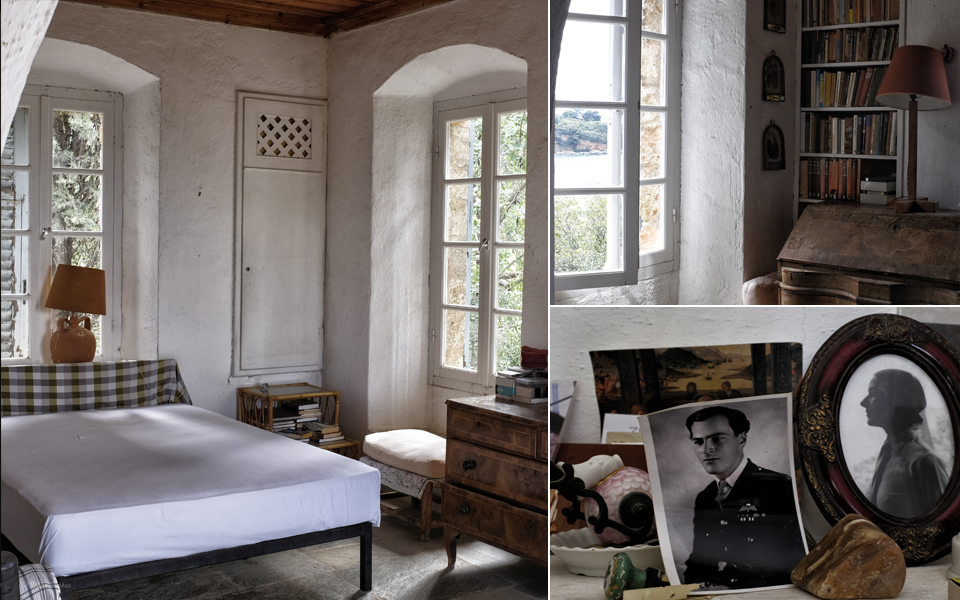
© Nikos Kokkas
“Countless people were hosted in this house, from friends of the family to royal families and, of course, leading names from the world of art.”
Meanwhile, scattered over all the rooms are more than 5,000 books: in the office, there are mainly dictionaries, history books and atlases; in the master bedroom, there are chess books, cookbooks and mysteries. When Joan died in 2003, Paddy changed bedrooms, and in that last space, on a small desk, stand only some black hardback volumes of Shakespeare, all neatly in a row.
Countless people were hosted in this house, from friends of the family to royal families and, of course, leading names from the world of art. Belogianni remember that many times, Kyrios Michalis and Joan organized topics for discussion even before the guests arrived, so that there were no awkward silences. One of the most frequent visitors was Artemis Cooper who, Belogianni remembers, talked about art, history, literature, theater, opera, music, poetry, architecture and mythology. “[Fermor] liked jokes and stories, puns and songs. He sang and recited poems in several languages, and was constantly curious about everything.”
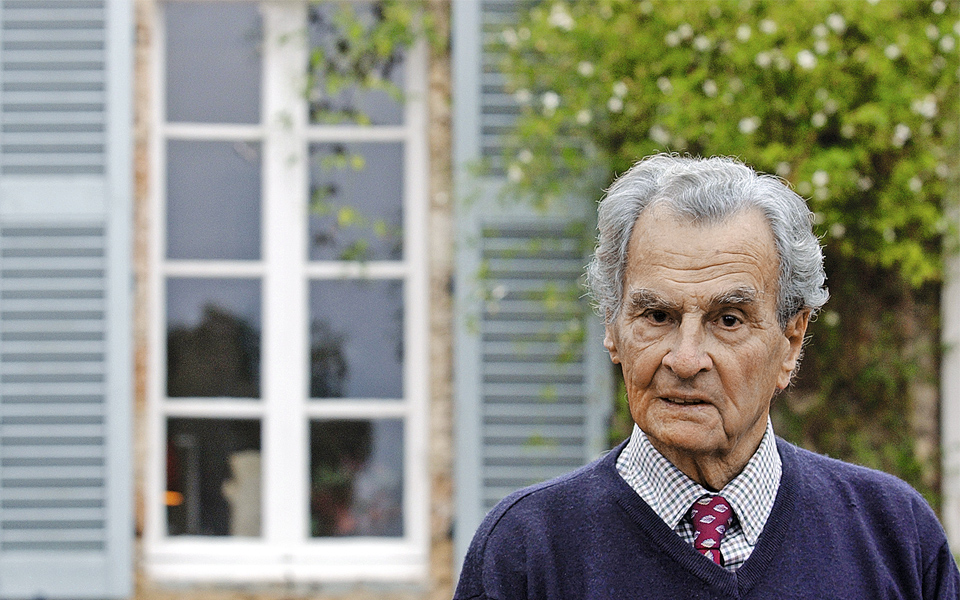
© AP photos
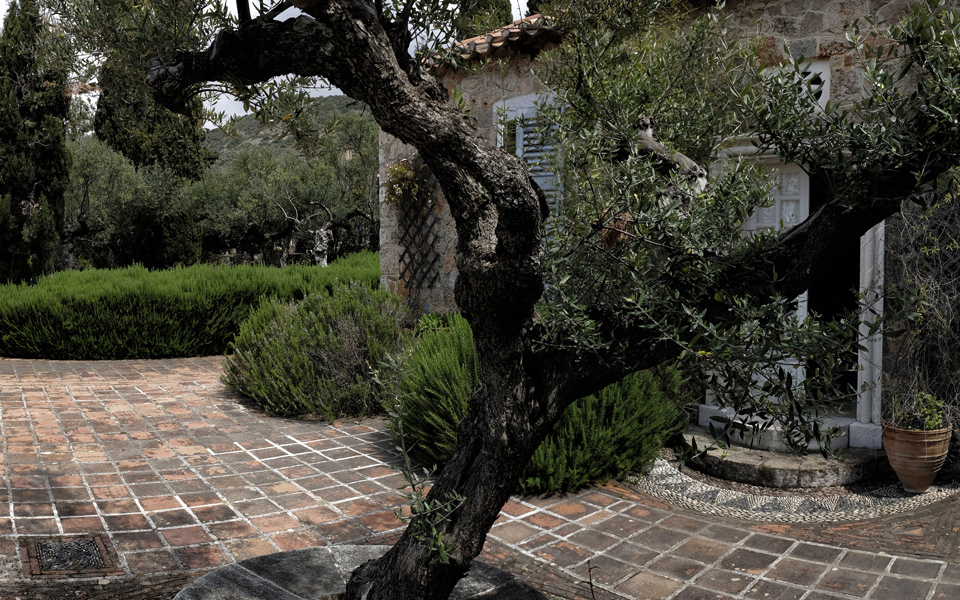
© Julia Klimi
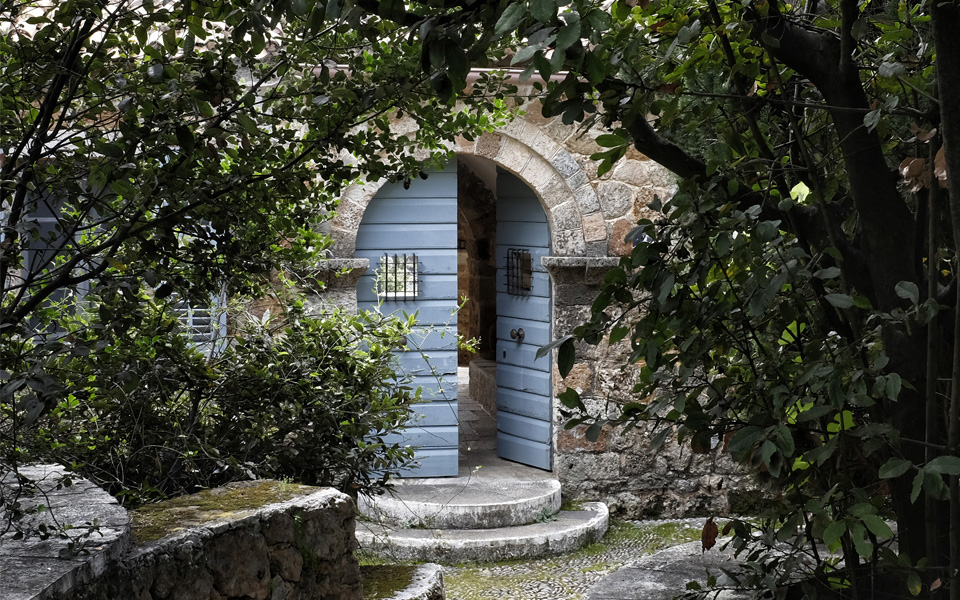
© Julia Klimi
We asked Cooper what she remembers from those visits. “I remember the first time I went with my husband Antony (Antony Beevor, a well-known British historian),” she says. “I remember the long, hot road and the feeling that after all that dust and sweat, you were entering another world. It was a calm night with millions of stars – I don’t think there was a moon. We were six people around the marble table with a sea view: Paddy and Joan, Xan Fielding and his wife Maggie, Antony and me. Xan had a roast chicken stuffed with black olives and drank red wine from Nemea, that Paddy preferred in the evenings: you could drink liters of that drink and wake up fresh as a flower.
“What did we discuss that night? I don’t remember anything except the velvet night, the sound of the sea, the faces in the candlelight, the laughter and the voices – and the thought that nothing could be better than that moment.”
Patrick Leigh Fermor was born in London in 1915. At 18 he crossed Europe on foot, starting in the Netherlands and reaching Istanbul and Greece. Later, during World War II, he returned to Greece and played an active role in the Cretan resistance. He led the team that kidnapped German General Kreipe. He traveled around the world, but loved Greece the most and, in the 1960s, settled permanently in Mani. His books make him one of the most important travel writers of our time. In 2004, he received a knighthood. He died on June 10th, 2011, during his final visit to England.

